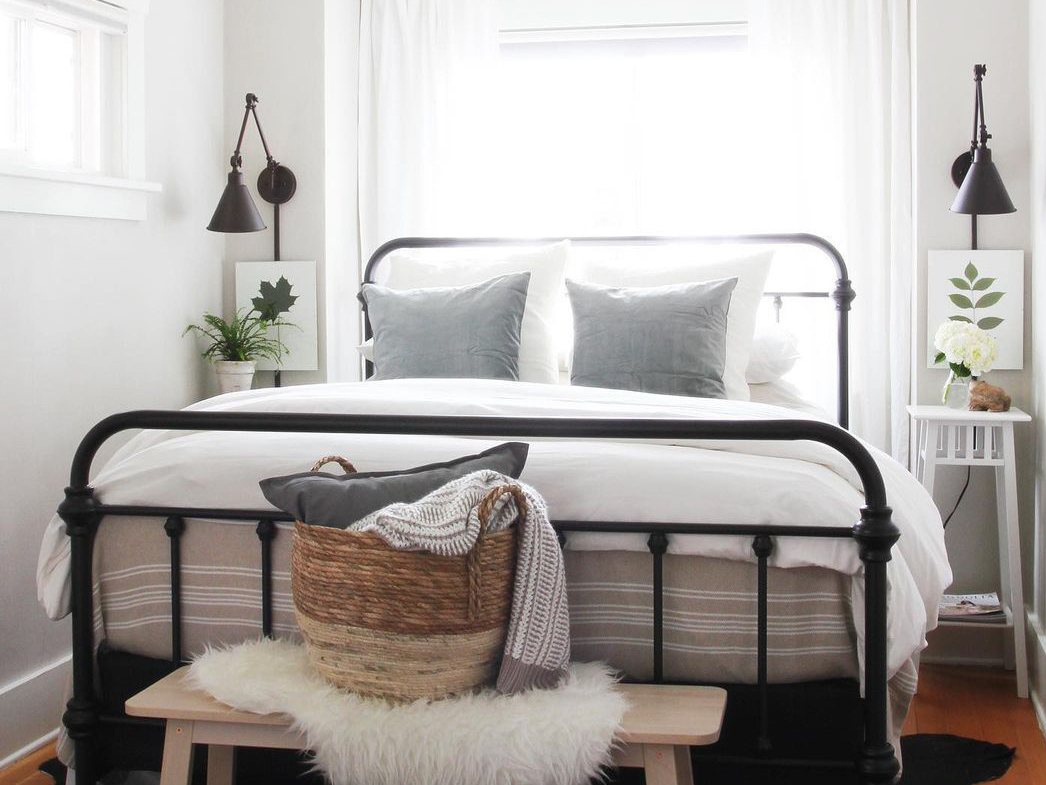LED (light-emitting diode) lighting has become increasingly popular in recent years due to its energy efficiency, longevity, and versatility. However, one critical factor in LED lighting design is colour temperature. LED colour temperature refers to the hue of light produced by the LED bulb, which can range from warm (yellowish-white) to cool (bluish-white). In this article, we will explore the importance of LED colour temperature in lighting design and how it can affect different settings and moods.
What is LED colour temperature?
LED colour temperature is measured in Kelvin (K) and refers to the hue of light produced by the LED bulb. The lower the Kelvin rating, the warmer (more yellow) the light appears, while the higher the Kelvin rating, the cooler (more blue) the light appears. For example, a typical incandescent bulb emits a warm, soft white light at around 2700K, while a cool, blue-toned light is closer to 5000K or higher.
How does LED colour temperature affect different settings and moods?
The colour temperature of LED lighting can greatly impact the ambiance and mood of a room. In general, warm-toned LED lighting is more suitable for creating a cozy and comfortable atmosphere in settings like living rooms, bedrooms, and restaurants. Cool-toned LED lighting, on the other hand, is better suited for environments that require focus and attention, such as offices, workshops, and hospitals.
Warm LED lighting
Warm LED lighting at around 2700K is commonly used in residential settings due to its soft, yellowish hue. Warm lighting can make a space feel cozy and inviting, and is often preferred in areas where people unwind and relax, such as living rooms, bedrooms, and dining rooms. Additionally, warm-toned LED lighting can enhance skin tones, making it a popular choice for spas and salons.
Cool LED lighting
Cool LED lighting at around 5000K or higher is typically used in work settings due to its blueish-white tone. Cool lighting can improve concentration, productivity, and alertness, making it ideal for writing, studying, and other tasks that require focus. It is also used in surgical settings and other medical environments, where the colour temperature of lighting can affect the accuracy of visual perception.
Choosing the right LED colour temperature
When choosing the right LED colour temperature for your specific setting, it’s important to consider the environment, purpose, and mood you want to create. For example, in a bedroom or living room, warm LED lighting can create a cozy and welcoming atmosphere. In an office or workshop, cool LED lighting can promote productivity and focus. Additionally, some settings may require a mix of both warm and cool LED lighting, such as a restaurant or retail store, where different areas may require different lighting moods.
In conclusion, LED colour temperature is a crucial factor in lighting design, as it plays a significant role in creating a comfortable, inviting, and productive environment. By understanding the characteristics and effects of warm and cool LED lighting, you can choose the right lighting temperature for your specific setting and achieve the desired mood or ambiance.



